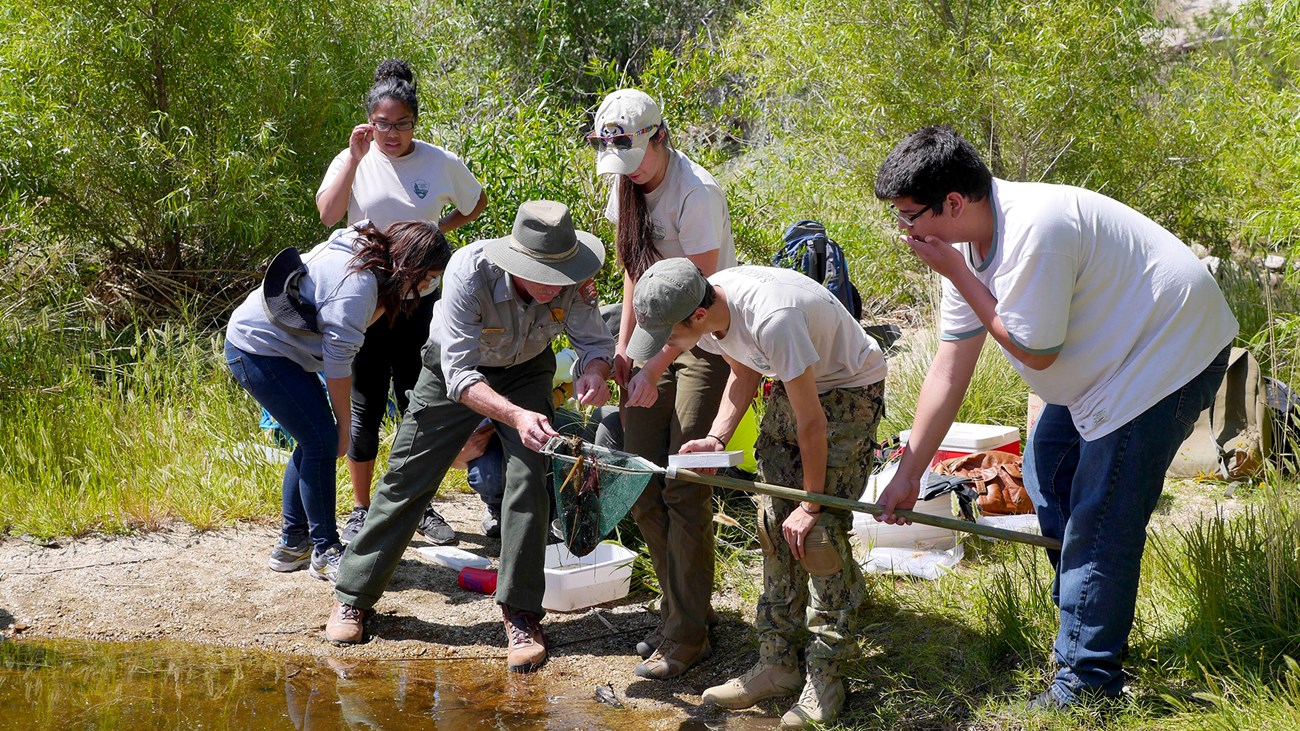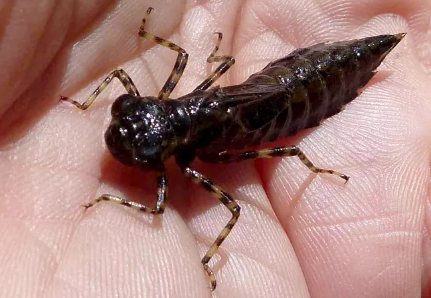Project Description: GLKN will be modifying an existing draft protocol for monitoring and assessing bioaccumulative contaminants in aquatic food webs, to more narrowly focus on monitoring for mercury only, in just larval dragonflies and fish. Larval dragonflies will be monitored annually for mercury at all nine parks within GLKN, with fish monitored periodically as funding permits. The three principle objectives in the modified and updated protocol will be to (1) assess spatial patterns in mercury contamination of larval dragonflies and fish in the parks, (2) identify parks and water bodies where mercury may pose a risk to organisms—particularly those atop aquatic food webs-, and to human health, and (3) to provide data for assessing temporal trends in mercury of larval dragonflies and fish in GLKN parks. GLKN will take primary responsibility for modifying and publishing the updated protocol.
Lead Principal Investigator: Dr. Sarah Nelson, University of Maine
Partner Institution: University of Maine
Federal Agency: National Park Service
Federal Agency Technical Contact: David VanderMuelen
Project Type: Research
Project Discipline: Natural Resources
Project Sub-Discipline(s): Biological (Ecology, Fish, Wildlife, Vegetation, T&E)
Start Year: 2016
End Year: 2021
Initial Funding Amount: $30,000.00
Federal Grant Number: P16AC01050
Location: Great Lakes
Products Associated with this Project:
- Eagles-Smith, C. A., Willacker, J. J., Nelson, S. J., Flanagan Pritz, C. M., Krabbenhoft, D. P., Chen, C. Y., … & Pilliod, D. S. (2020). A national-scale assessment of mercury bioaccumulation in United States national parks using dragonfly larvae as biosentinels through a citizen-science framework. Environmental Science & Technology, 54(14), 8779-8790. (Journal Article)
- Pritz, C.F., Ko, K., Nelson, S., and Eagles-Smith, C. 2022. How an Insect Became a National Park Service Superhero (U.S. National Park Service). Available at: https://www.nps.gov/articles/000/how-an-insect-became-a-national-park-service-superhero.htm (accessed 15 November 2023). (Magazine/newspaper articles, interviews)
Photographs from this Project:

Dragonfly Mercury Project citizen scientists at Saguaro National Park.
Photo credit: Colleen Flanagan Pritz

Dragonfly larvae.
Photo credit: Collin Eagles-Smith


